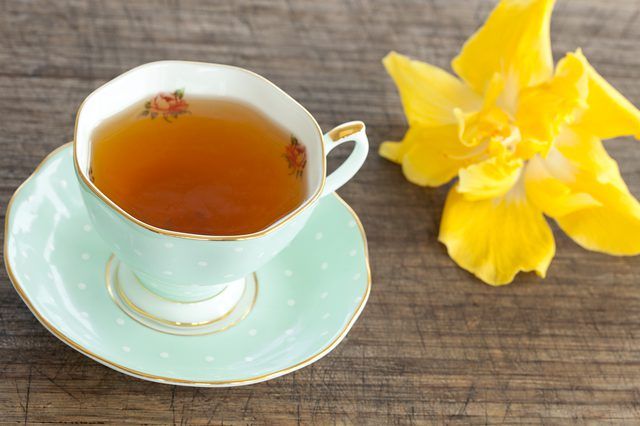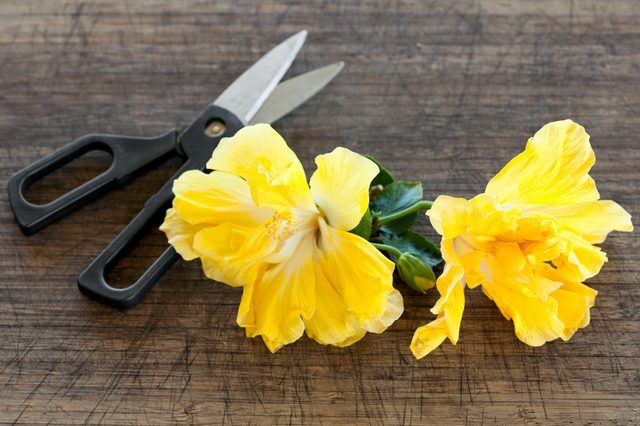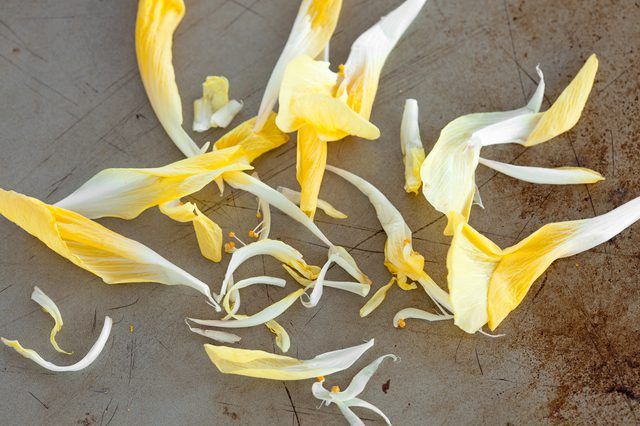Bulbs
Flower Basics
Flower Beds & Specialty Gardens
Flower Garden
Garden Furniture
Garden Gnomes
Garden Seeds
Garden Sheds
Garden Statues
Garden Tools & Supplies
Gardening Basics
Green & Organic
Groundcovers & Vines
Growing Annuals
Growing Basil
Growing Beans
Growing Berries
Growing Blueberries
Growing Cactus
Growing Corn
Growing Cotton
Growing Edibles
Growing Flowers
Growing Garlic
Growing Grapes
Growing Grass
Growing Herbs
Growing Jasmine
Growing Mint
Growing Mushrooms
Orchids
Growing Peanuts
Growing Perennials
Growing Plants
Growing Rosemary
Growing Roses
Growing Strawberries
Growing Sunflowers
Growing Thyme
Growing Tomatoes
Growing Tulips
Growing Vegetables
Herb Basics
Herb Garden
Indoor Growing
Landscaping Basics
Landscaping Patios
Landscaping Plants
Landscaping Shrubs
Landscaping Trees
Landscaping Walks & Pathways
Lawn Basics
Lawn Maintenance
Lawn Mowers
Lawn Ornaments
Lawn Planting
Lawn Tools
Outdoor Growing
Overall Landscape Planning
Pests, Weeds & Problems
Plant Basics
Rock Garden
Rose Garden
Shrubs
Soil
Specialty Gardens
Trees
Vegetable Garden
Yard Maintenance
How to Dry Hibiscus Flowers for Tea
How to Dry Hibiscus Flowers for Tea. Hibiscus tea has a sweet-tart flavor that has been compared to cranberries. This refreshing drink is delicious hot or cold. Hibiscus (Hibiscus sabdariffa L.) , also known as roselle, is a plant with bright pink, red or yellow flowers, native to tropical climes such as Jamaica and parts of Australia, though it is...
Hibiscus tea has a sweet-tart flavor that has been compared to cranberries. This refreshing drink is delicious hot or cold. Hibiscus (Hibiscus sabdariffa L.) , also known as roselle, is a plant with bright pink, red or yellow flowers, native to tropical climes such as Jamaica and parts of Australia, though it is cultivated widely throughout the world. Dried hibiscus flowers contain vitamin C and other anti-oxidants. While the entire flower can be used for tea, generally only the calyx, the bulbous part at the base of the flower, is used.

Things You'll Need
Garden shears or clippers
Cookie sheet, newspapers or old window screen
Glass or plastic jar with lid
Step 1
Clip hibiscus flowers from the plant when the calyces have turned red and the petals are beginning to fade. Use scissors or garden shears.

Step 2
Strip the petals from the calyces and spread the calyces to dry out of direct sunlight. Spread on newspapers or cookie sheets, or on old window screens.

Step 3
Allow the calyces to dry completely. Crumble a little to remove the seeds inside each calyx. Store the dried calyces in a clean glass or plastic jar.
